Famous Architects of All Time
This Article lists out the Famous Architects of all time in our opinion.
Architecture is everywhere. It is inescapable, impacting just about every part of your life, whether you realize it or not. Though there are 2.7 million architects across the planet, there are only a handful of architects who have shaped the course of history, capturing the minds and hearts of people around the world.If you’re curious about what architects you should be looking to for inspiration, here are some classic examples of some of the most famous architects who are very notable.
Frank Lloyd Wright
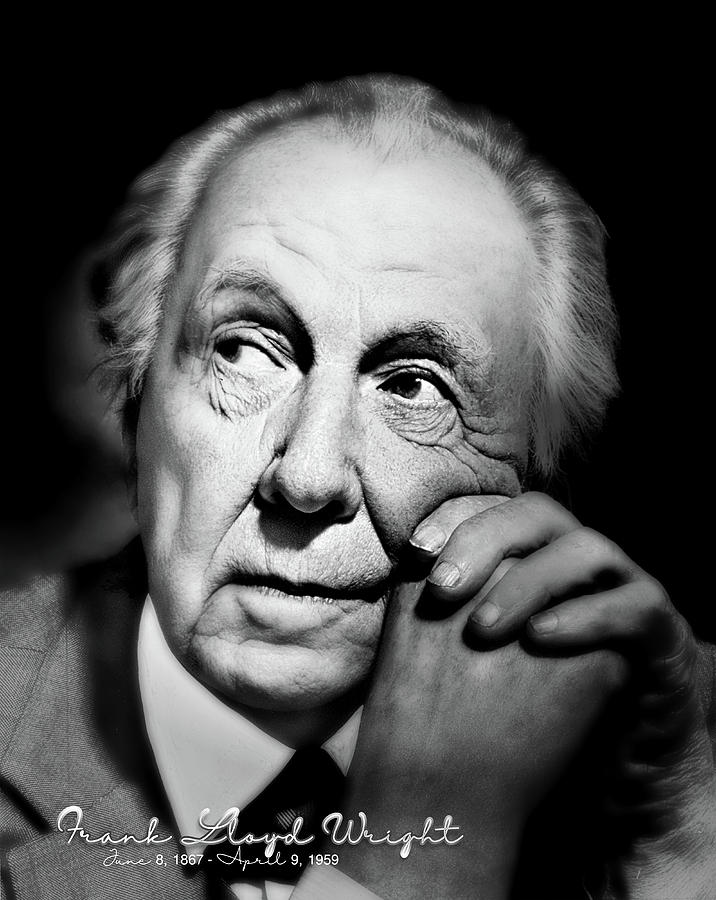
Wright is arguably the most famous architect in the U.S. In his lifetime, he designed 141 works—including houses, offices, churches, schools, libraries, and museums, and he received awards from The Royal Institute of British Architects and the American Institute of Architects. His buildings have been considered among the most significant architectural works to be designed in the last 100 years; 409 of his completed works are still standing today. Wright also helped create the open floor plan designing rooms that flow and open out into each other. His appreciation of nature is apparent in his work and its arguable that no other architect took greater advantage of setting and environment than Wright. An example of this careful consideration can be seen in “Fallingwater,” one of his most famous designs, as well as the Solomon R. Guggenheim Museum in New York City and his personal homes, Taliesin and Taliesin West.
Oscar Niemeyer

Oscar Niemeyer is a Brazilian architect specializing in modern architecture. He was instrumental in reshaping Brazil’s identity in popular culture and in the field of architecture. In addition to making important contributions to his country, he was also a pioneer in the use of reinforced concrete used solely for aesthetic impact. Some of Niemeyer’s most famous works include the Contemporary Art Museum in Rio de Janerio, Natal City Park, and the Ravello Auditorium.
Le Corbusier
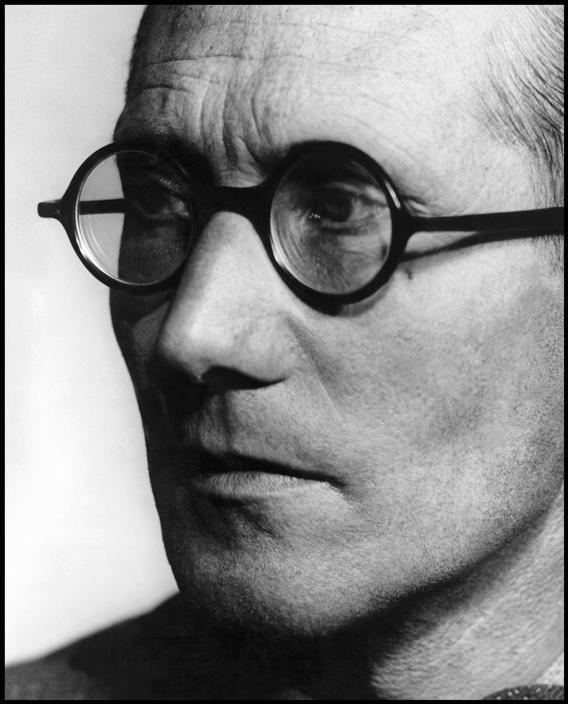
Le Corbusier is undoubtedly one of the most famous Architects of all time. A pioneer of modern architecture, Le Corbusier’s career spanned five decades and numerous continents. Corbusier theorized five points that supported his modernist style of architecture: pilotis, free façade, open floor plan, unencumbered views, and roof garden. Many of Corbusier’s designs were airy and open, connecting the visitor to nature and creating a bridge between the structure and the outside world. A few that embody his style are the Esprit Nouveau Pavilion in Paris, chapel of Notre Dame du Haut in Ronchamp, and Villa Savoye near Paris. He was honored as an AIA Gold Medalist in 1961.
Alvar Aalto

Alvar Aalto was a Finnish architect and designer working in furniture, textiles, and glassware. Unlike most architects, his style was very transitional, from Nordic Classicism to pure modernism to organic modernism. His move to modernism may have been influenced by close relationships with individuals like Lazlo Maholy-Nagy and Le Corbusier. Aalto liked to take control of all aspects of a design project, not only designing the building, but the furniture, textiles, and furnishings as well. It wasn’t until the mid-1930s that Aalto received world recognition. In the U.S., his reputation grew following the positive reception of his Finnish pavilion for the 1939 World’s Fair, which another architect on our list, Frank Lloyd Wright, called “a work of genius.” Throughout his career, Aalto designed a wide range of work from civic planning to painting—designing over 500 buildings (including Finlandia Hall and the Paimio Sanatorium, both in Finland) spanning five countries, and won the AIA Gold Medal for architecture.
Rem Koolhaas
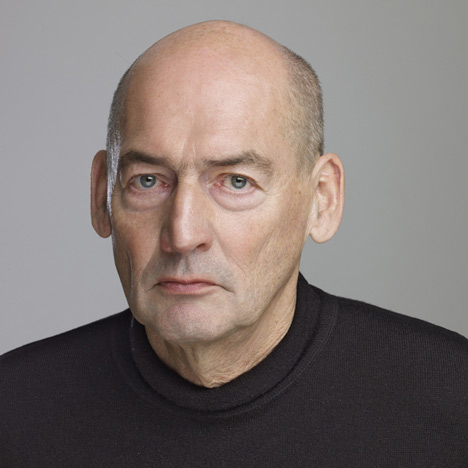
Popular architectural figure Rem Koolhaas has a large following due to his unconventional and sometimes provocative buildings. In 1975, Koolhaas, his wife Madelon Vriesendorp, and Elia and Zoe Zenghelis opened OMA, a collective “hothouse research lab,” as described by Icon. In addition to architecture, Koolhaas is also an author (S, M, L, XL and Content), a theorist, an urban planner, a cultural researcher, and a professor at Harvard. Among his numerous projects, he has designed the Seattle Central Library, the Netherlands Embassy in Berlin, and the CCTV Headquarters in Beijing (his largest work to date).
To know more about Rem Koolhaas in detail click here
Norman Foster

Manchester, England-born Sir Norman Foster was both a graduate of Manchester University School of Architecture and Yale University’s Masters in Architecture program. He founded Foster + Partners in 1967, and in 1999, he became a Pritzker Prize winner. Foster + Partners has received over 470 awards and citations for excellence in their 45 years in business, including Gold Medals from the RIBA and the AIA. Some of Foster’s most notable works are the 30 St Mary Axe in London, Willis Faber and Dumas Headquarters in Ipswich, and Wembley Stadium in London.
Renzo Piano
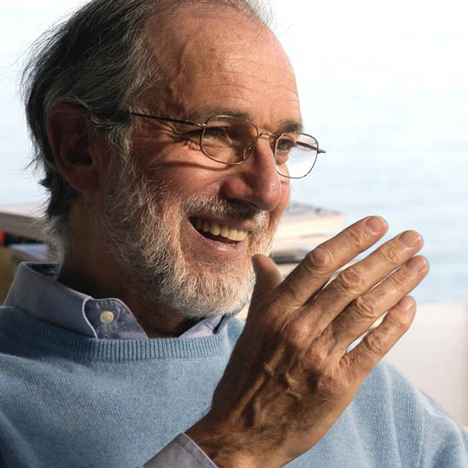
Born in Genoa, Italy in 1937, Renzo Piano was destined to be an architect—or at least a contractor. His father, four uncles, and brother were all contractors, so it seems natural that Piano would go into another adjacent field of construction. After graduating from Politecnico di Milano School of Architecture, Piano worked in the offices of Louis Khan in Philadelphia. Some of his most famous building are the Centre Georges Pompidou in Paris, The New York Times building in New York City, and the Shard London Bridge. Piano won the Pritzker Prize in 1998 and the AIA Gold Medal in 2008.
Zaha Hadid
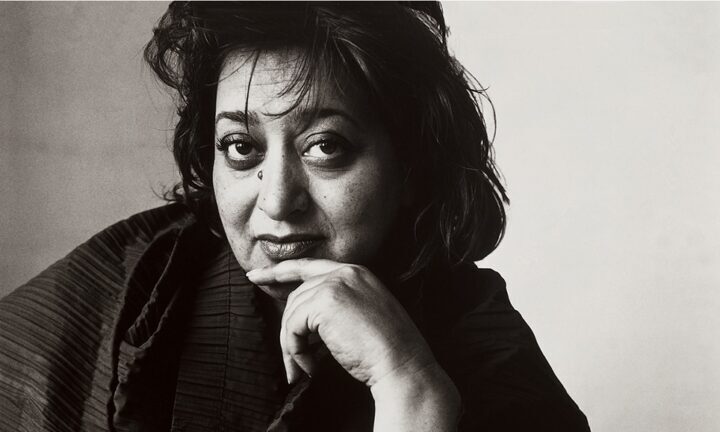
A student of Rem Koolhaas, Zaha Hadid is seen as a singular, unwavering force in the world of architecture. She is undeniably one of the most famous Architects in the world of Architecture.She has struggled through her career with both clients and collaborators because of her drive, tenacity, and her being a female in a male-dominated field. But despite these setbacks, she has become the most well-known woman architect in the world. In 2004, Hadid was the first (and, at the moment, the only individual) woman to win the prestigious Pritzker Prize award. Hadid’s big break came from an unexpected place, when she was commissioned to design Cincinnati’s Rosenthal Center for Contemporary Art. The New York Times describes the building as “the most important new building in America since the Cold War.” Once her talent was realized, commissions started coming in to design a variety of projects in public transportation, libraries, archives, and opera houses, including Abu Dhabi Performing Art Center and Bee’ah Headquarters, both in the UAE.
Richard Meier
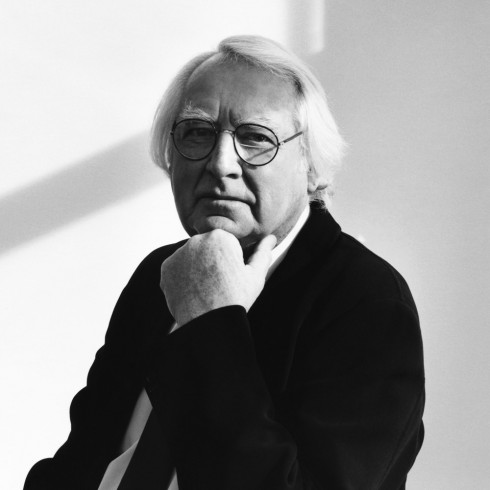
A graduate of Cornell University, Richard Meier worked with a number of notable architects, like SOM and Marcel Breuer. In 1963, Meier established his own practice. Among his most well-known projects are the Getty Museum in Los Angeles, the Barcelona Museum of Contemporary Art, and The Hague City Hall and Central Library in the Netherlands. He has won the Pritzker Prize, the American Institute of Architects Gold Medal, and the Royal Gold Medal from the Royal Institute of British Architects.
To know more about Richard Meier in detail click here
I. M. Pei
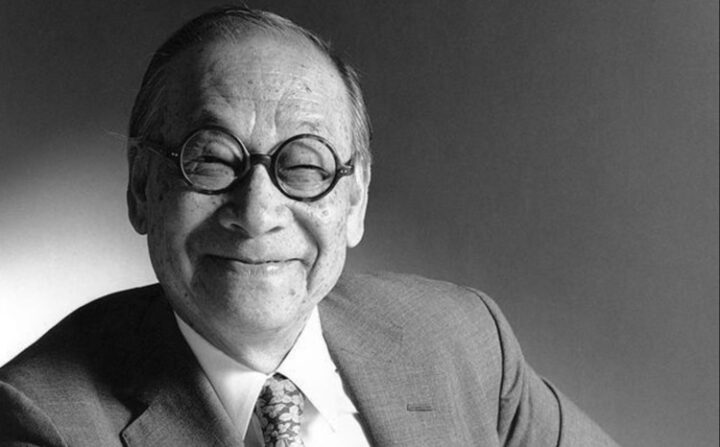
Ieoh Ming (or IM) Pei is often called the master of modern architecture. He was born in China in 1917 and raised in Hong Kong and Shanghai. In 1935, Pei moved to the U.S. to go to school at Pennsylvania University School of Architecture, ended up transferring to MIT. After graduating, he began studying at Harvard School of Design, where he became friends with Walter Gropius and Marcel Breuer. Pei’s notable projects include Jacob Javits Center, the Rock and Roll Hall of Fame, and the Bank of China Tower, among others. Pei won the Pritzker Prize in 1983 and the AIA Gold Medal in 1979.
ANTONI GAUDI
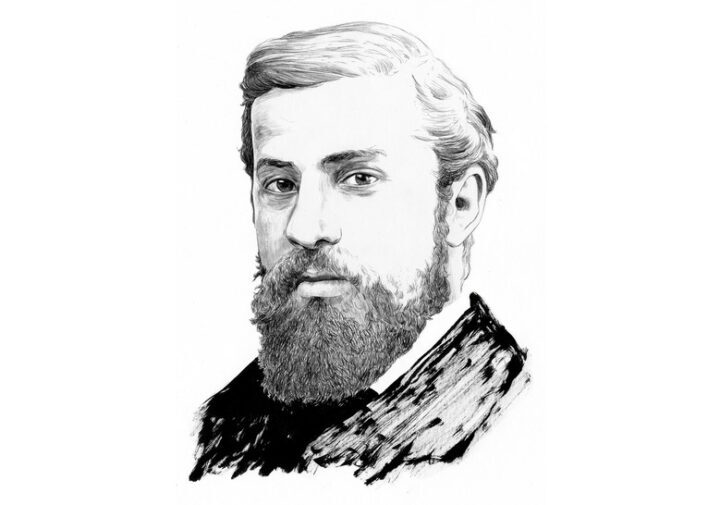
Antoni Gaudí i Cornet was a Catalan architect known as the greatest exponent of Catalan Modernism. Gaudí’s works have a highly individualized, one-of-a-kind style. Most are located in Barcelona, including his main work, the church of the Sagrada Gaudí’s work was influenced by his passions in life: architecture, nature, and religion. He considered every detail of his creations and integrated into his architecture such crafts as ceramics,wrought ironwork forging and carpentry. He also introduced new techniques in the treatment of materials, such as trencadis which used waste ceramic pieces.
Tadao Ando
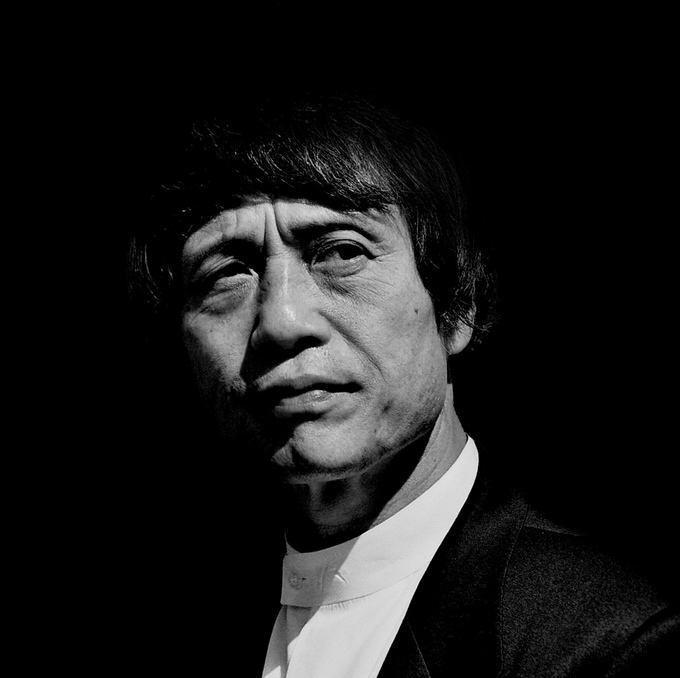
Tadao Ando is a Japanese self-taught architect whose approach to architecture and landscape was categorized by architectural historian Francesco Dal Co as “critical regionalism”. He is the winner of the 1995 Pritzker Prize. Ando’s architectural style is said to create a “haiku” effect, emphasizing nothingness and empty space to represent the beauty of simplicity. He favors designing complex spatial circulation while maintaining the appearance of simplicity. The simplicity of his architecture emphasizes the concept of sensation and physical experiences, mainly influenced by Japanese culture.He is one of the famous Architects known for their use of Concrete , natural light in their works.
Louis Kahn
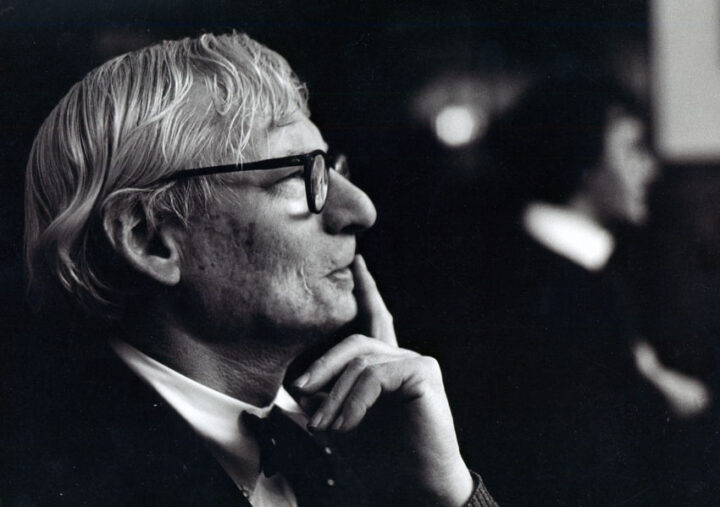
Louis Isadore Kahn was an American architect, based in Philadelphia. After working in various capacities for several firms in Philadelphia, he founded his own atelier in 1935. Kahn created a style that was monumental and monolithic; his heavy buildings for the most part do not hide their weight, their materials, or the way they are assembled. Famous for his meticulously built works, his provocative proposals that remained unbuilt, and his teaching, Kahn was one of the most influential architects of the twentieth century
Frank Gehry
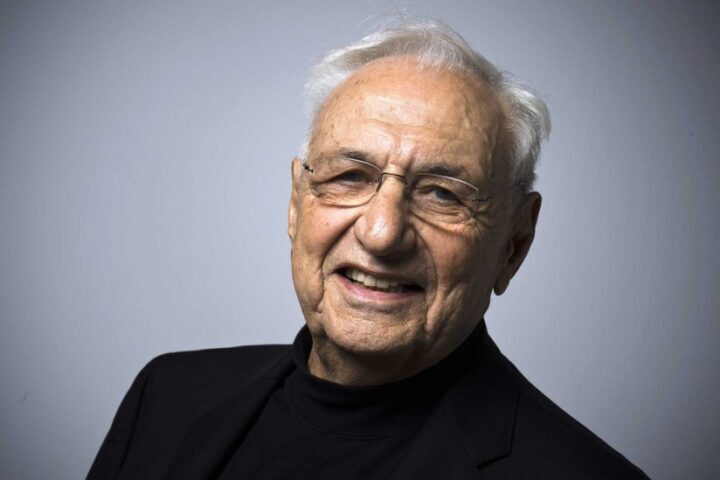
Frank Owen Gehry, CC, FAIA is a Canadian-born American architect, residing in Los Angeles. A number of his buildings, including his private residence, have become world-renowned attractions. His works are cited as being among the most important works of contemporary architecture in the 2010 World Architecture Survey, which led Vanity Fair to label him as “the most important architect of our age” .Said to “defy categorisation”, Gehry’s work reflects a spirit of experimentation coupled with a respect for the demands of professional practice and has remained largely unaligned with broader stylistic tendencies or movements.
Join us in the comment section to let us know if we have left out anyone in our famous Architects list and don’t forget to comment your favorite Architect.
Read More :
Architectural Principles of Building Design
Fonts That Every Architects Should Have
Building Bye-Laws and Standard Dimensions of Building Units
